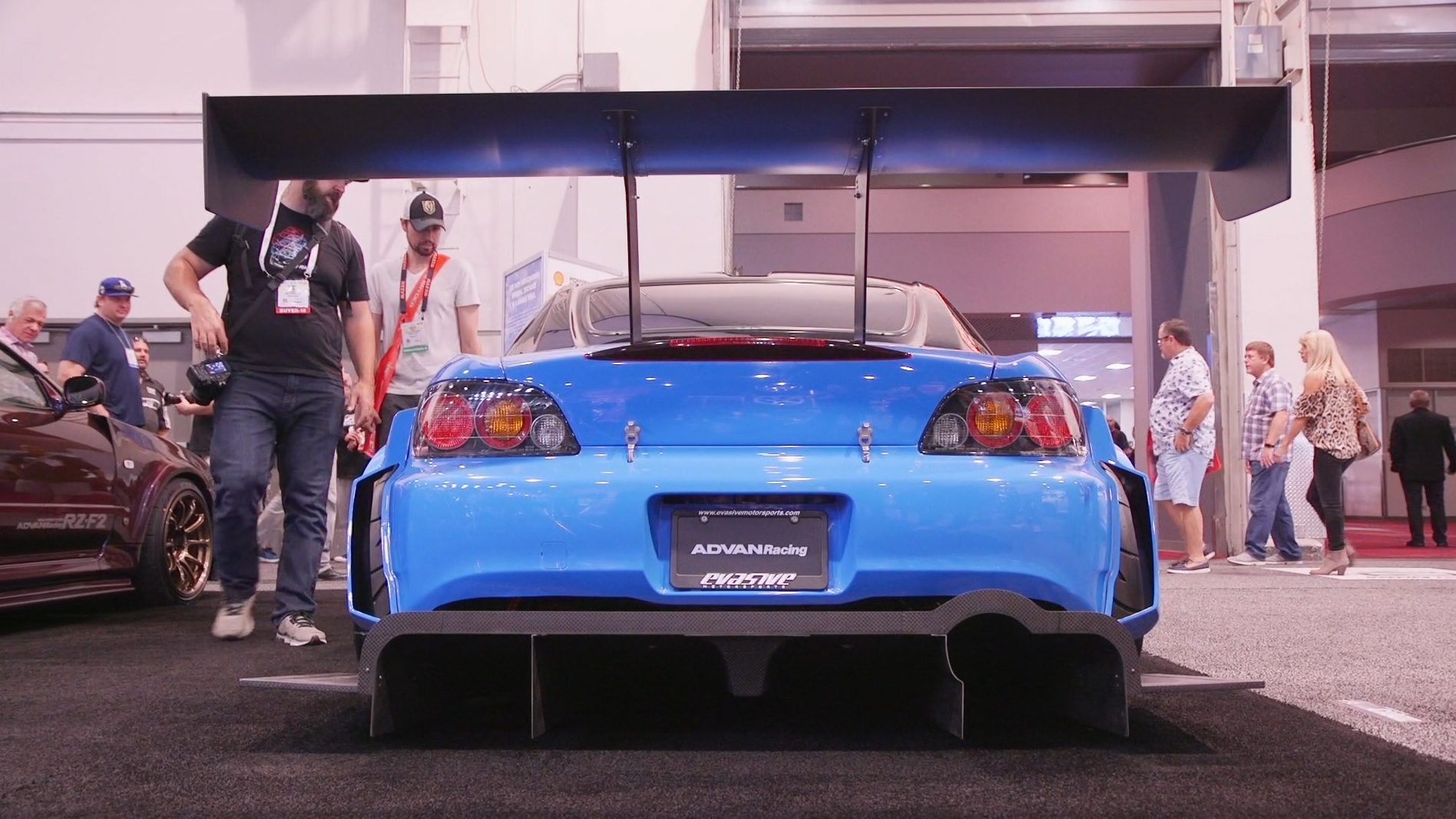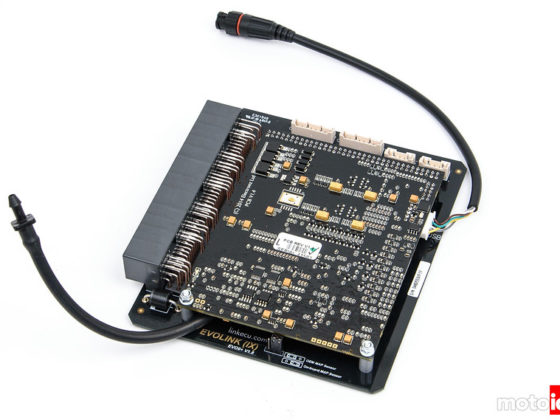Join Mike Kojima and guest host Damn Gina as they take a look at Mike’s Top 10 things he saw at the 2018 SEMA Show in Las Vegas! If you liked this video please make sure you’re not only subscribed to our YouTube channel but you also hit that little bell thing on there so you get notified when we release more videos!





2 comments
idk there is some kind of IP filtering blocking me from posting in that last thread, but if Kevski sees this, it’s a response to his rebuttal on the ‘how to make cars handle’ and the thread on Carbon pistons on Speedhunters:
I know everything you’re talking about. I have raced many cars before at high levels of motorsport. I would totally agree with you under normal conditions. I don’t think you want to over do it on spring rate, along with ARB stiffness, and should run the softest rates you can get away with considering that street tires/race tire lateral load levels are quite different. Obviously, you’re going to target your maximum G levels and work backwards from there.
With all that considered, I have always benefited from a higher spring rate in the rear for FF cars. It has more to do with having a higher rear ride frequence than the front, so when you hit a bump, the rear vibrates at a higher frequency and cancels out the front instead of resonating with it. These principles have been thoroughly explained in John Dickson’s books.
https://www.sae.org/publications/books/content/r-168
https://onlinelibrary.wiley.com/doi/book/10.1002/9780470682906
Here’s a good explanation that goes into more detail, this is a copy/paste from Google.
Comrade Guevara
03-13-2013, 10:42 AM
Boys it just very easy thing that we have
The out of phase motion between front and rear vertical motion, caused by the time delay
between when the front wheel and rear wheel hit the bump, is accentuated by the frequency
difference. A result of the phase difference is pitching of the body. To reduce the pitch
induced by hitting a bump, the rear needs to have a higher natural frequency to “catch up”
with the front. This notion is called producing a “flat ride”, meaning that the induced body pitch from road bumps is minimized…..
For a given wheelbase and speed, a frequency split front to rear can be calculated to minimize
pitching of the body due to road bumps. A common split is 10 – 20% front to rear.
The above theory was originally developed for passenger cars, where comfort takes priority
over performance, which leads to low damping ratios, and minimum pitching over bumps.
Race cars in general run higher damping ratios, and have a much smaller concern for comfort,
leading to some race cars using higher front ride frequencies. The higher damping ratios will
reduce the amount of oscillation resultant from road bumps, in return reducing the need for a
flat ride. Damping ratios will be explained in the next tech tip in detail. A higher front ride
frequency in a race car allows faster transient response at corner entry, less ride height
variation on the front (the aerodynamics are usually more pitch sensitive on the front of the
car) and allows for better rear wheel traction (for rear wheel drive cars) on corner exit. The
ride frequency split should be chosen based on which is more important on the car you are
racing, the track surface, the speed, pitch sensitivity, etc…….
About our discussion on CC IC engine components:
Langley Research Center, Hampton, Virginia
Internal-combustion engines would be constructed with cylinders and ringless pistons made of lightweight carbon/carbon composite materials, according to a proposal. This proposal is a logical extension of previous research that showed that engines that contain carbon/carbon pistons with conventional metal piston rings running in conventional metal cylinders perform better than do engines with conventional aluminum-alloy pistons. The observed performance improvement (measured as increased piston life during high-performance operation) can be attributed mainly to the low thermal expansion of the carbon-carbon composite. Carbon-carbon pistons can continue to operate under thermal loads that cause aluminum pistons to seize or sustain scuffing damage due to excessive thermal growth and thermal distortion.
In addition to having an extremely low coefficient of thermal expansion, carbon-carbon is about 30 percent lighter than aluminum which provides the benefit of reduced reciprocating mass (lower reciprocating mass can potentially reduce vibration forces and increase r/min. capability). Carbon-carbon composite also has the advantage over aluminum that it fully retains room-temperature strength and stiffness at high temperatures. Further more, the strength, thermal expansion, and thermal conductivity of carbon-carbon composites can be tailored by orientation of the carbon fibers and selection of fiber type, matrix type, and processing methods.
https://www.techbriefs.com/component/content/article/tb/techbriefs/materials/2258
https://ntrs.nasa.gov/archive/nasa/casi.ntrs.nasa.gov/19940031440.pdf
Can you guys please stop posting interesting but wildly off topic stuff! Maybe you guys need to write for us instead!